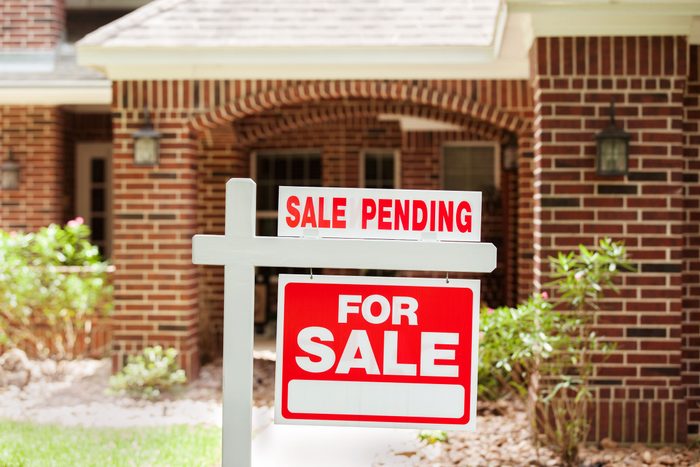Surging Mortgage Rates Impacting Borrowers, New Home Construction

Rising mortgage rates have created a ripple effect across the housing industry.
Thirty-year fixed mortgage rates surged to 5.81 percent this week according to a report by the Federal Home Loan Mortgage Corporation (Freddie Mac), up 2.5 points from the start of 2022. The new rate is the highest since November 2008, and rising rates have put a stranglehold on an already tight housing market.
On This Page
Why Are Mortgage Rates Rising?
The Federal Reserve has continued to raise rates in an effort to combat inflation, which extends beyond the housing market. The U.S. Labor Department estimated annual inflation in May 2022 was up 8.6 percent when compared year over year. That marks the largest annual increase in more than four decades.
“Consumer prices have been rising after many years of accommodative financial measures to boost economic growth,” says Doug Greene of Signature Properties. “By raising interest rates, the Fed hopes to slow consumer activity, which has outpaced the supply chain, leaving us with price increases across the board. The thinking is that higher interest rates will make it more expensive to borrow on everything from a credit card to a house.”
Home Loan Borrowers Feeling Impact
As explained by TheMortgageReports.com, the interest rate increase has major ramifications on mortgage payments. Their example shows a 30-year fixed-rate loan at three percent on a $400,000 home with a 20 percent down payment, or $80,000, would cost roughly $1,350 per month for principal and interest. A six percent loan for that same home would cost $1,900 a month. That’s a difference of $550 a month.
“The economy has been slowly improving over the past few years, which has led to more people wanting to buy homes,” says Peter Beeda, CEO of FHA Lend Mortgage. “The Federal Reserve is gradually raising interest rates, which is supposed to help stabilize the economy and prevent inflation. However, this increase has also made it more expensive for people to borrow money.”
New Home Construction Drops
On June 16, the U.S. Census Bureau and the U.S. Department of Housing and Urban Development jointly announced that the number of home construction starts and approved building permits plummeted compared to the previous month.
Housing starts dropped 14.4 percent in May, to 1,549,000, compared to an estimated 1,810,000 in April. Approved building permits dropped seven percent, to 1,695,000 in May from 1,823,000 in April.
As troubling as that is, Realtor.com reported that “for more than a month, the number of homes listed for sale has increased compared to last year.” And prices appear to be leveling off.
“Home price acceleration is showing early signs of steadying,” writes Realtor.com’s Hannah Jones. “Should home completions ramp up, buyers will see some relief in the form of increased housing supply.”
Has Home Buying Slowed Down?
Demand for homes has leveled out due to the increased rates. Many buyers can no longer afford to compete with increased home prices on top of surging rates, according to some experts. However, demand hasn’t dropped due to continued low inventory.
“The National Association of Home Builders (NAHB) has stated that not only do they anticipate a slowdown in the new home market, which is piggy-backing off the already cooling used home market, but they are also seeing lowered interest by home buyers due to increasing rates,” says Jason Gelios, a Michigan-based author and Realtor with Community Choice Realty.
“This is further backed by their optimism index, which has fallen for the past five months. In short, you have fewer home buyers interested in buying a new home at a higher cost, with many hoping to wait it out.”
With many potential home buyers priced out of the market, several of the largest real estate companies in the U.S. announced massive layoffs last week. The real estate brokerage company Redfin announced it was laying off eight percent of its employees, while Compass reported a 10 percent staff reduction.
Redfin CEO Glenn Kelman said the housing market wasn’t generating enough work for all its agents. JPMorgan’s mortgage business also announced layoffs.
“Mortgage rates increased faster than at any point in history,” says Kelman. “We could be facing years, not months, of fewer home sales, and Redfin still plans to thrive.”
The next questions many home buyers want answered: Is this a passing phase? And what will the short- and long-term future look like for the housing market?
“The 2022 housing market has been making its transition from a hot seller’s market to one that is beginning to cool, with some areas still seeing multiple offers on a home,” says Gelios. “This transition will likely continue throughout the rest of 2022 and well into 2023, where it will favor more home buyers.”


